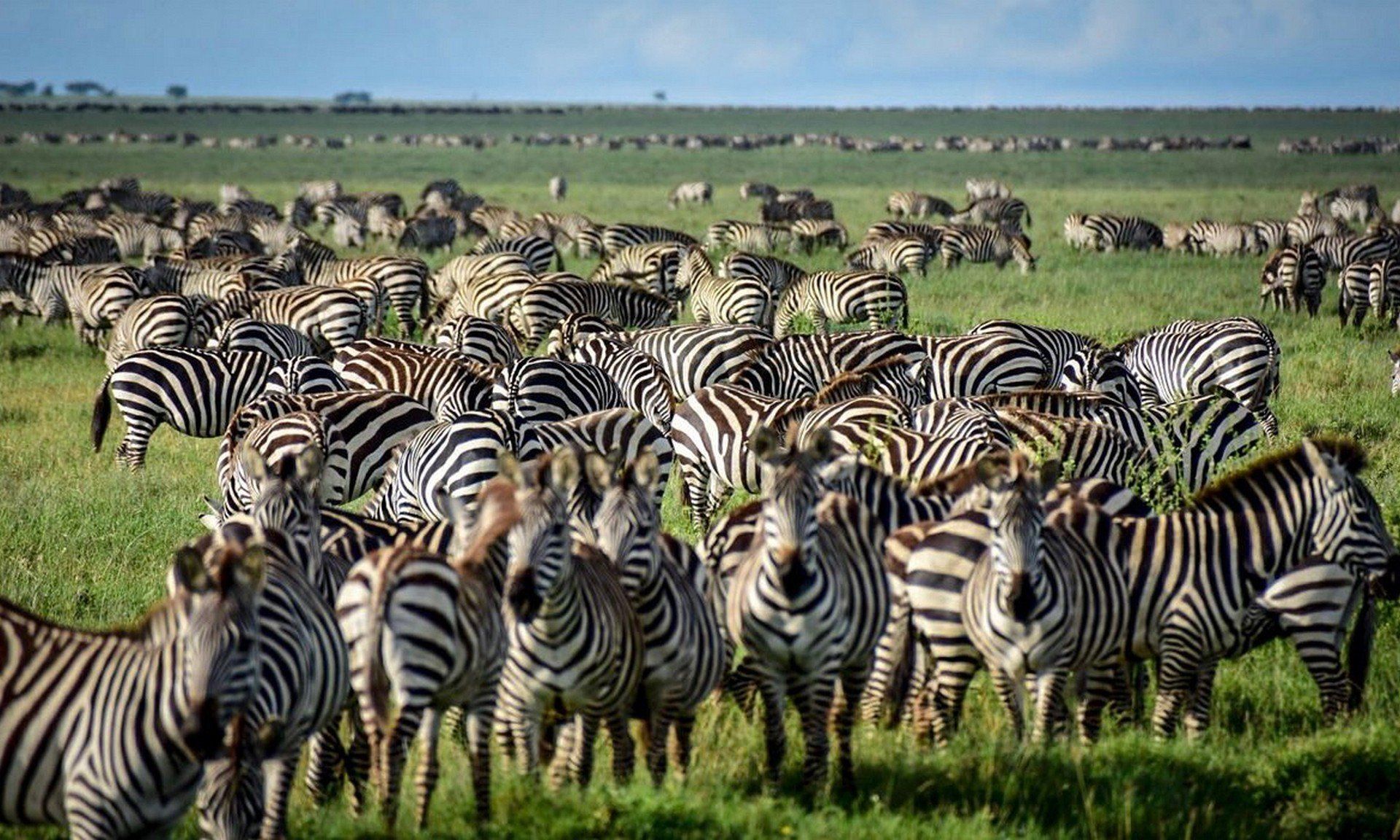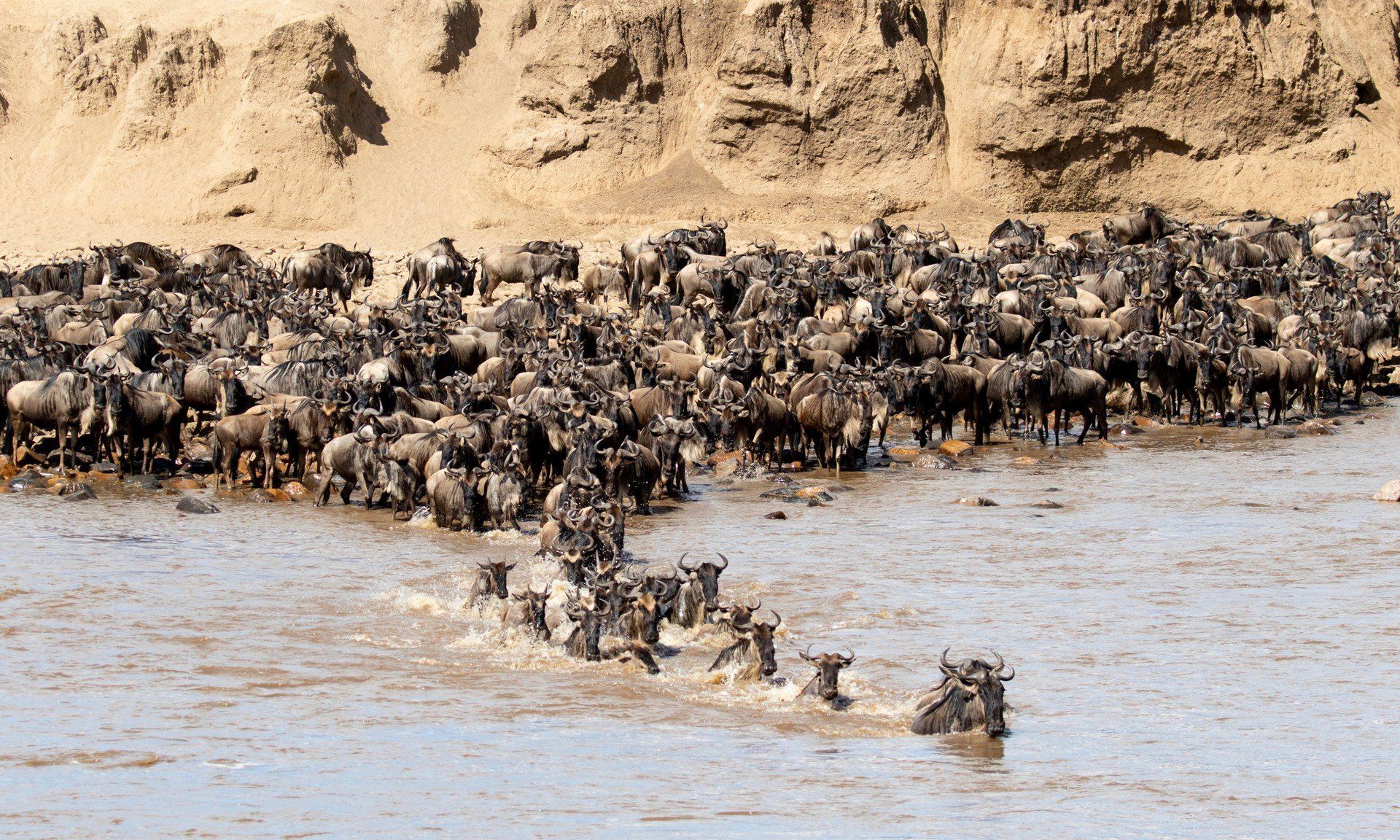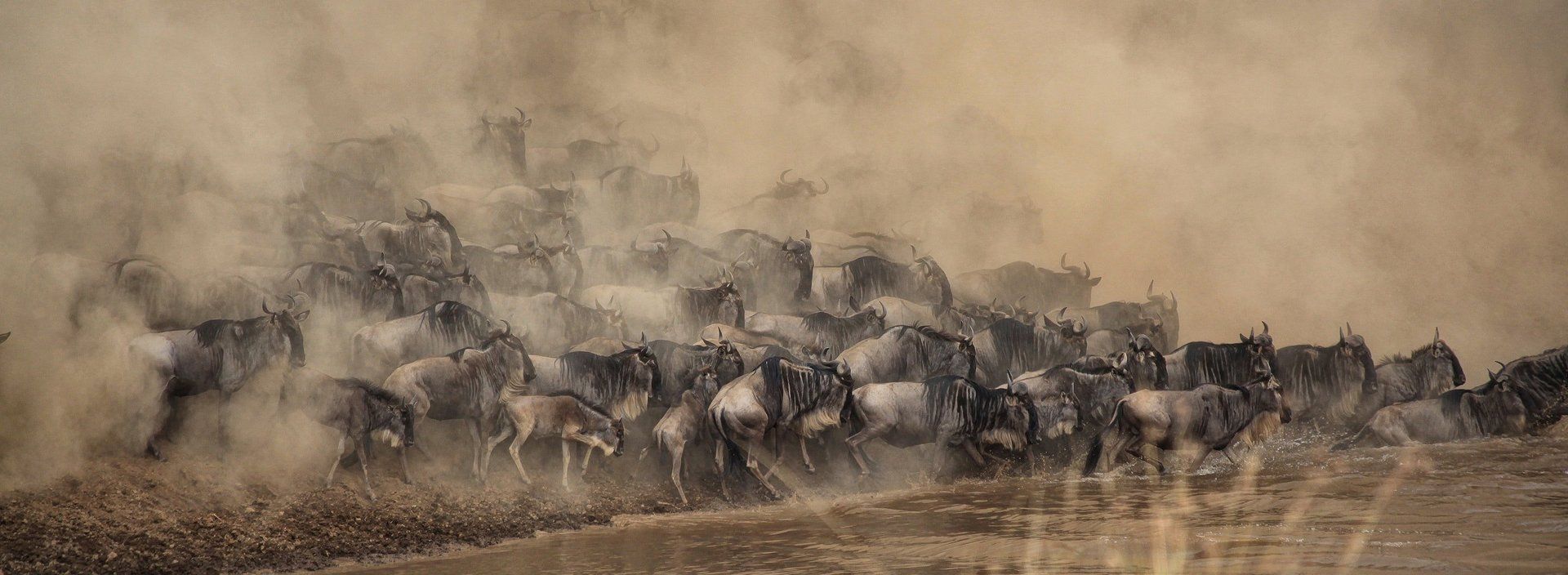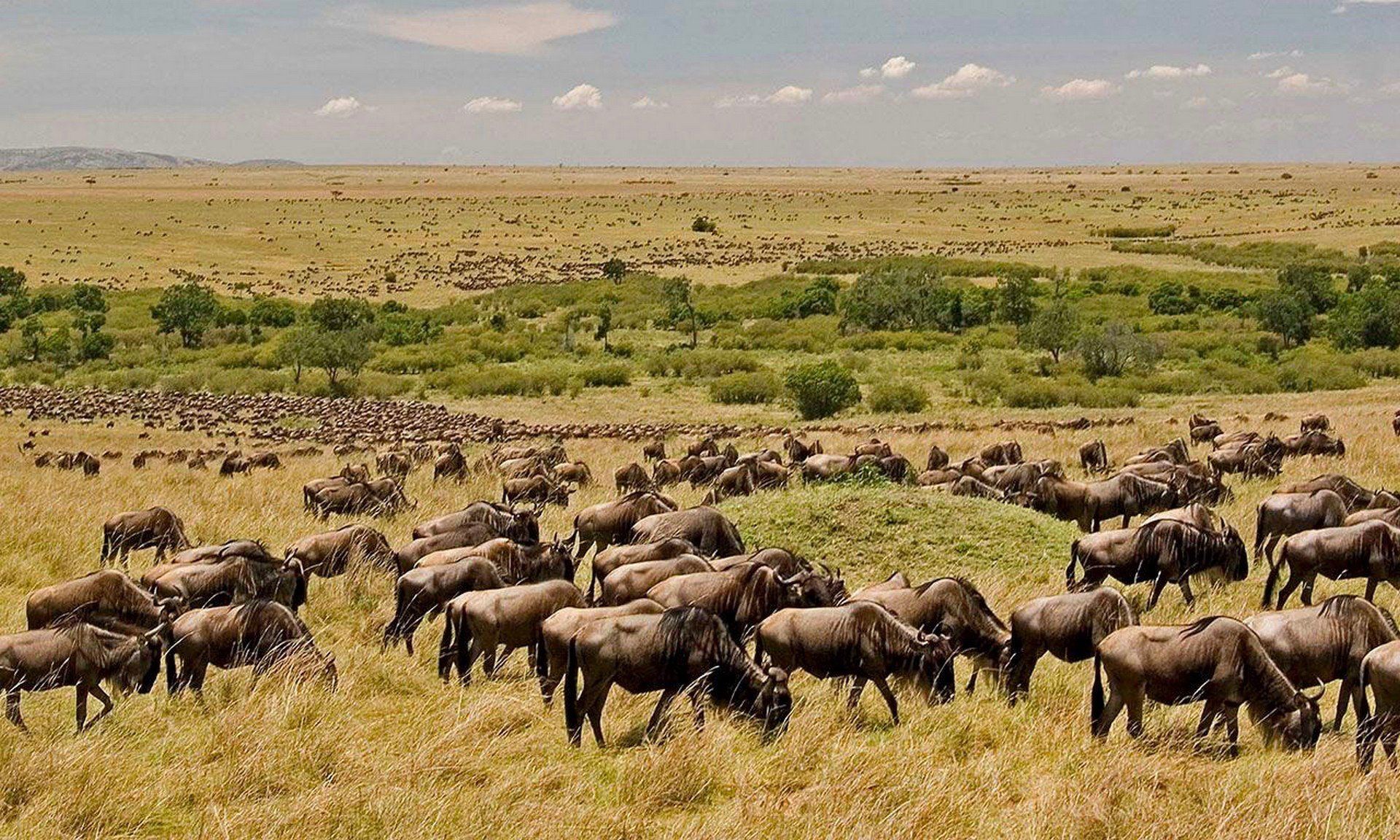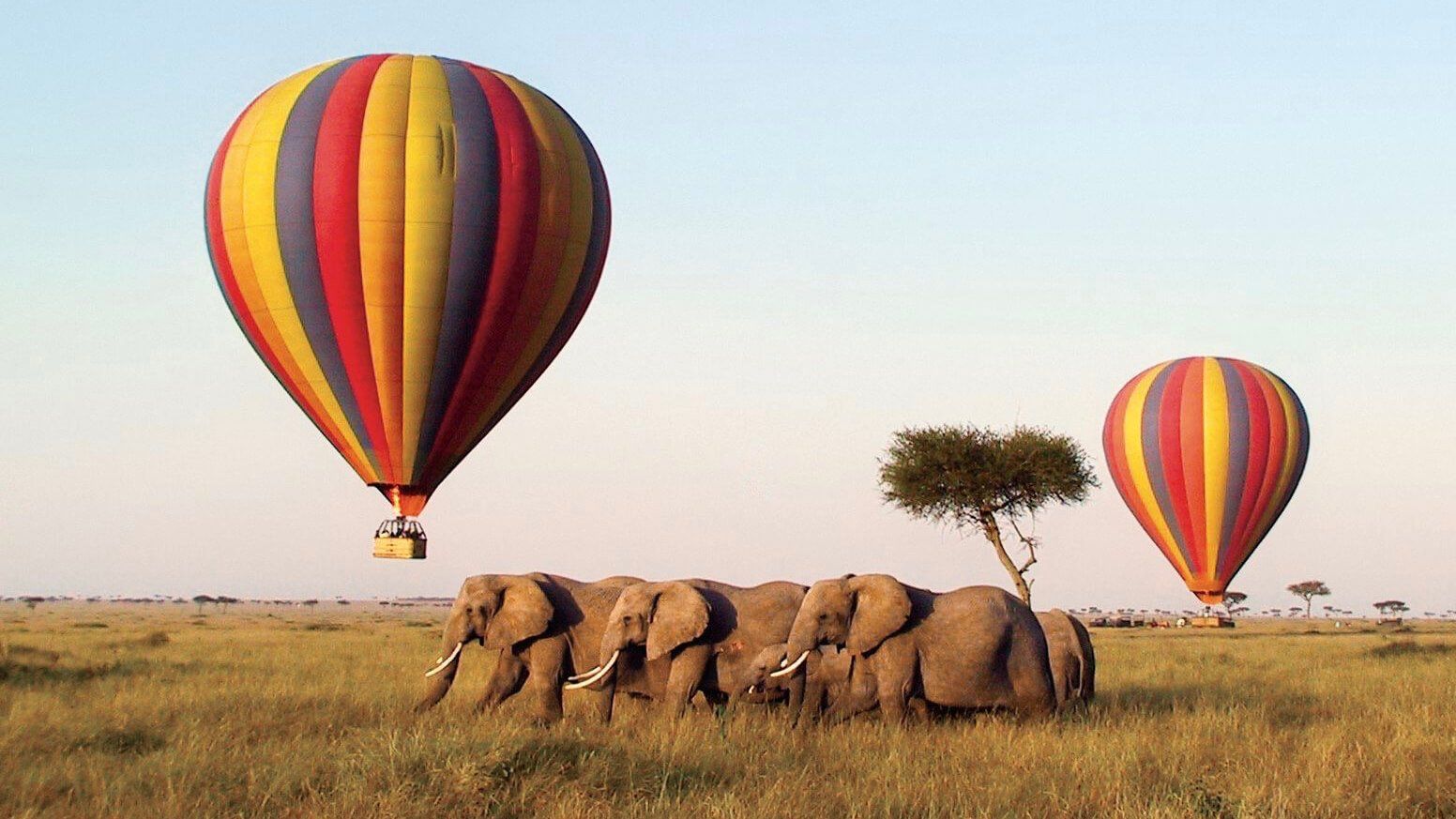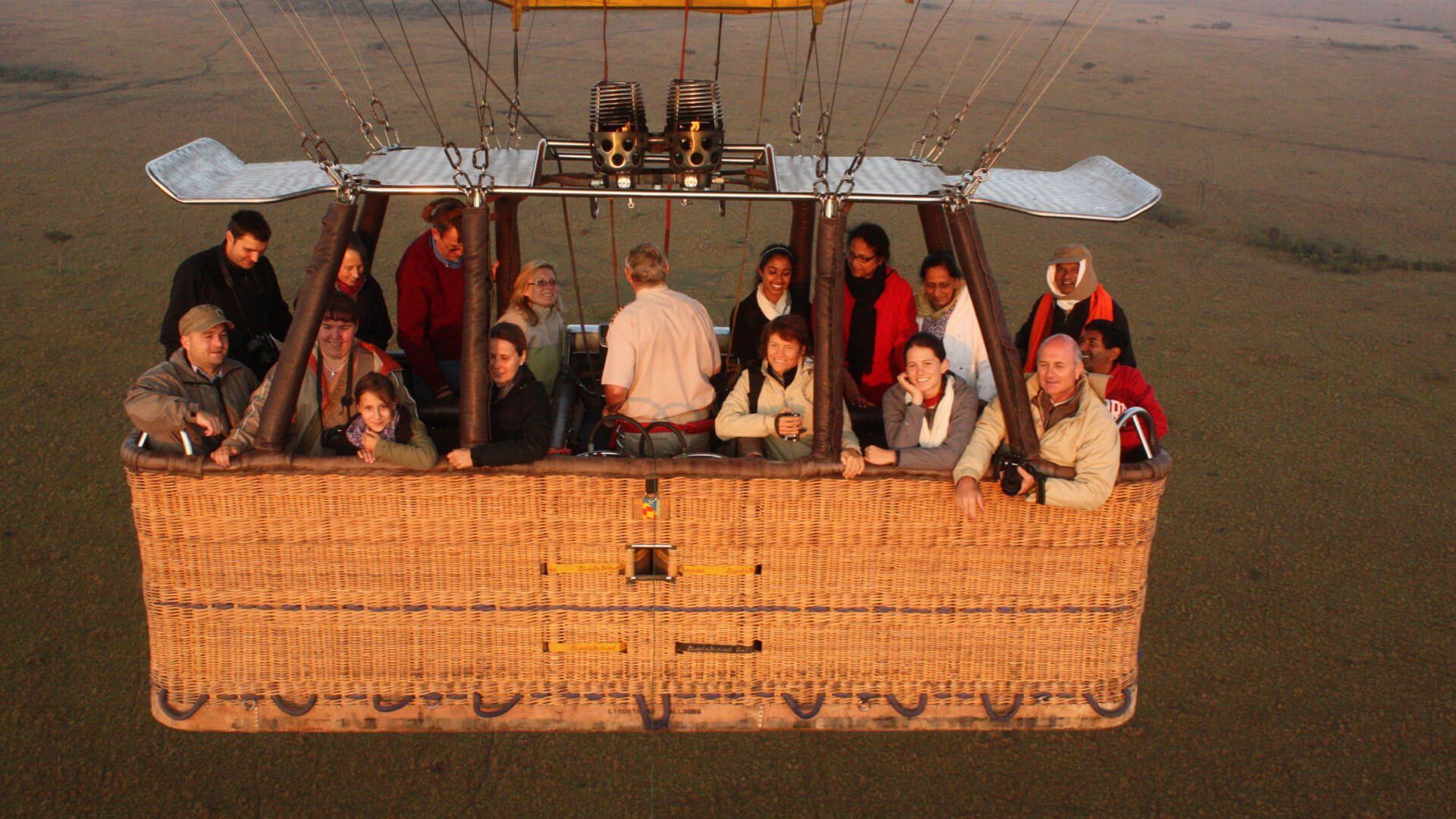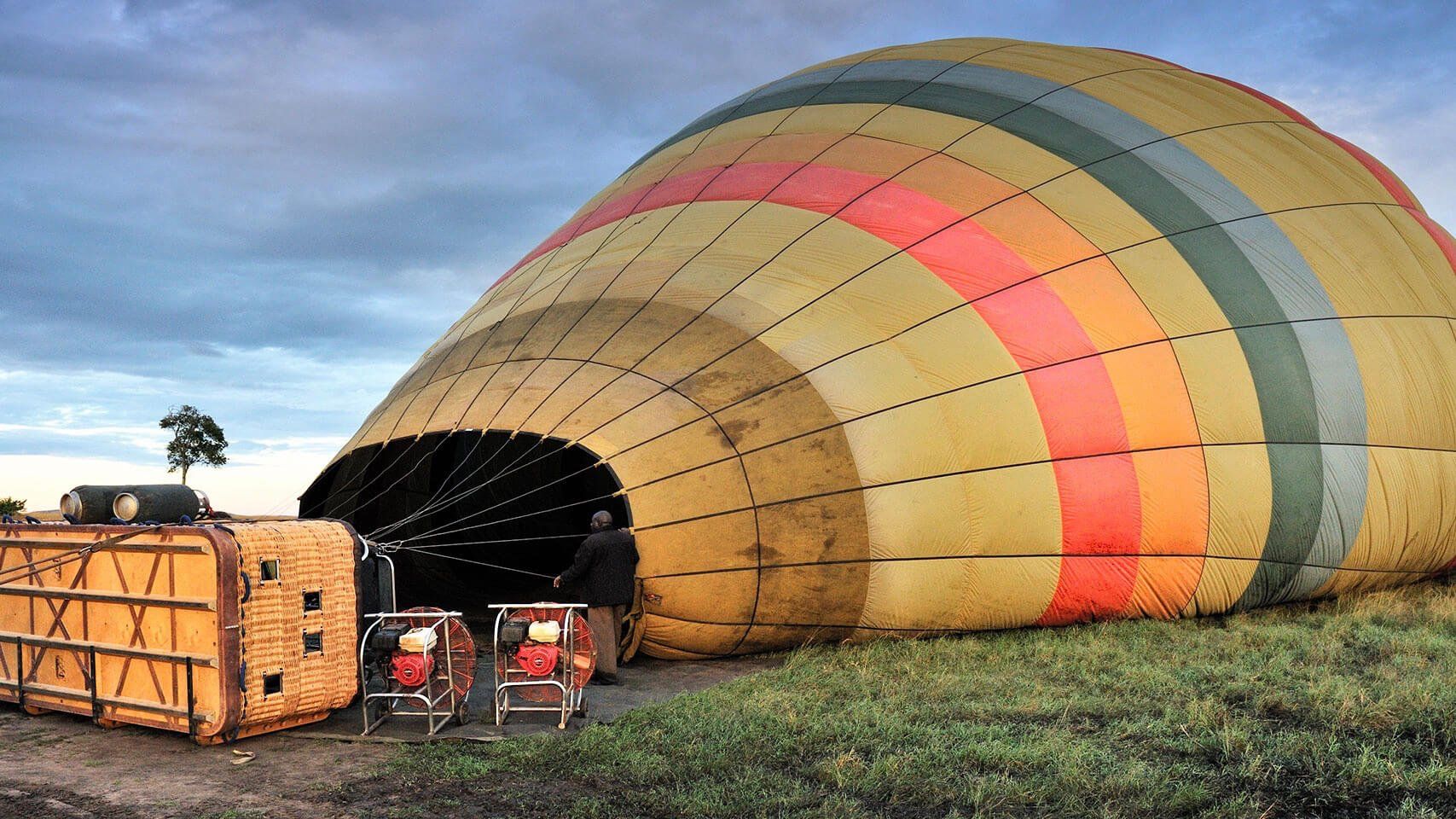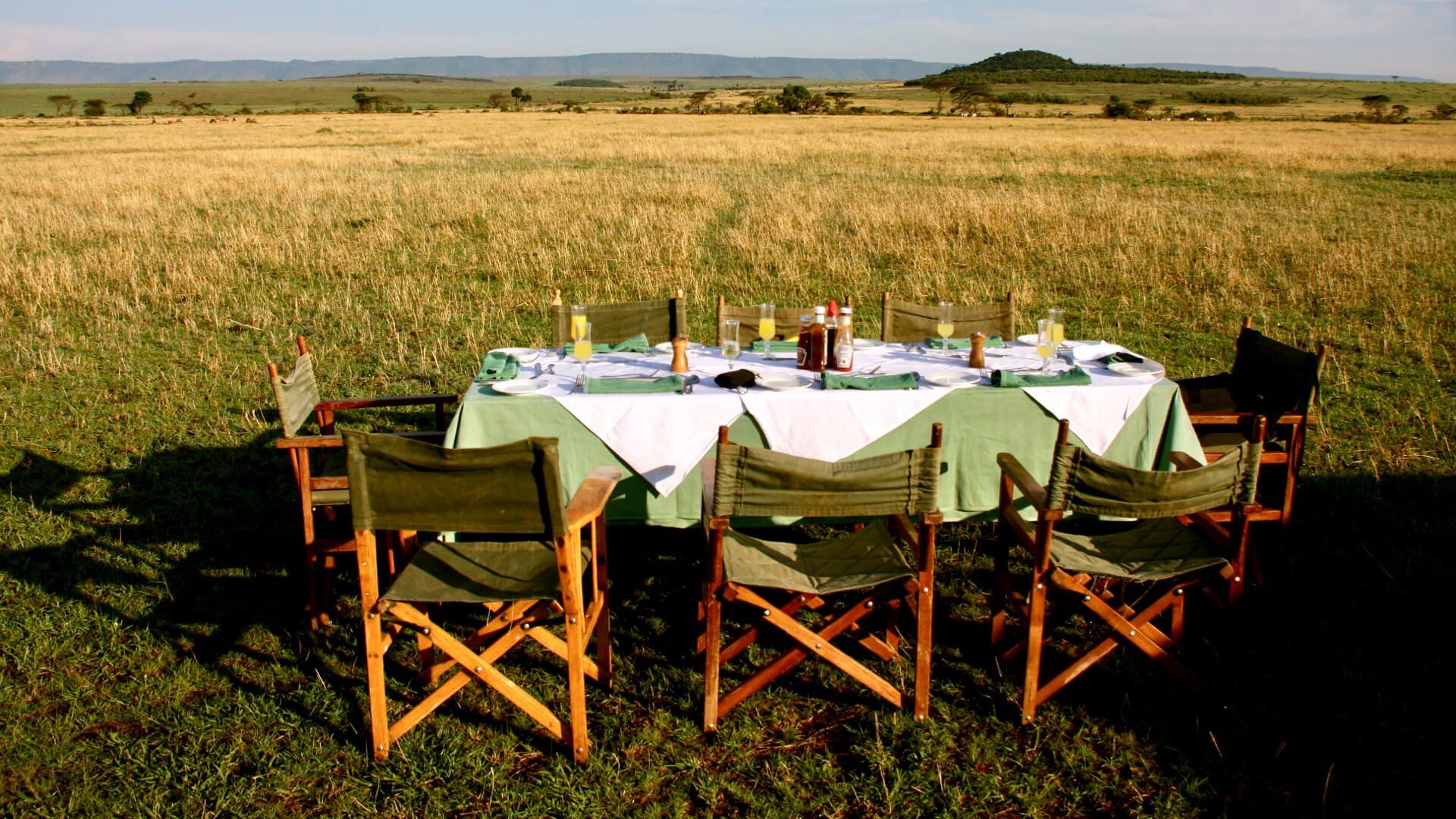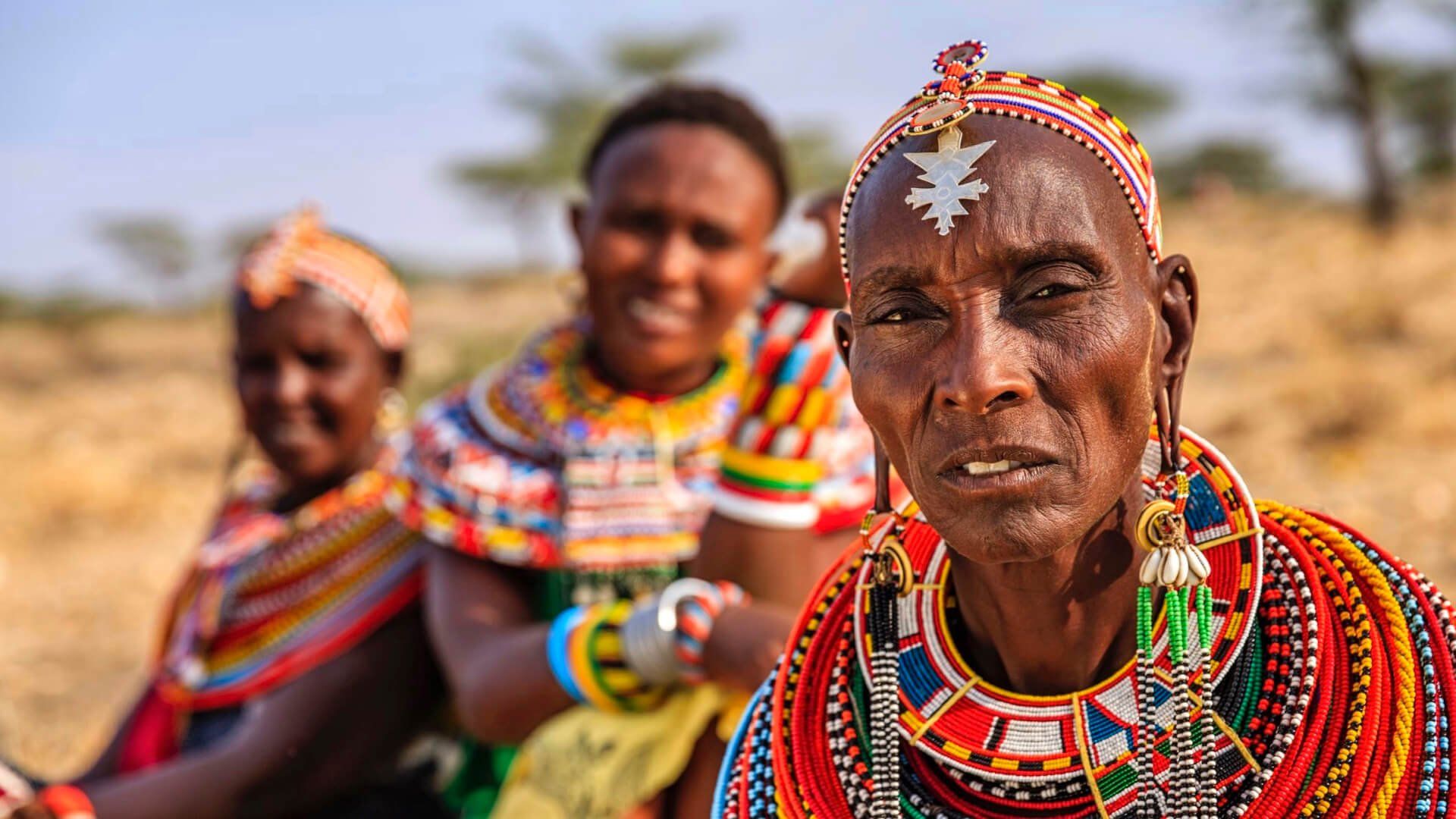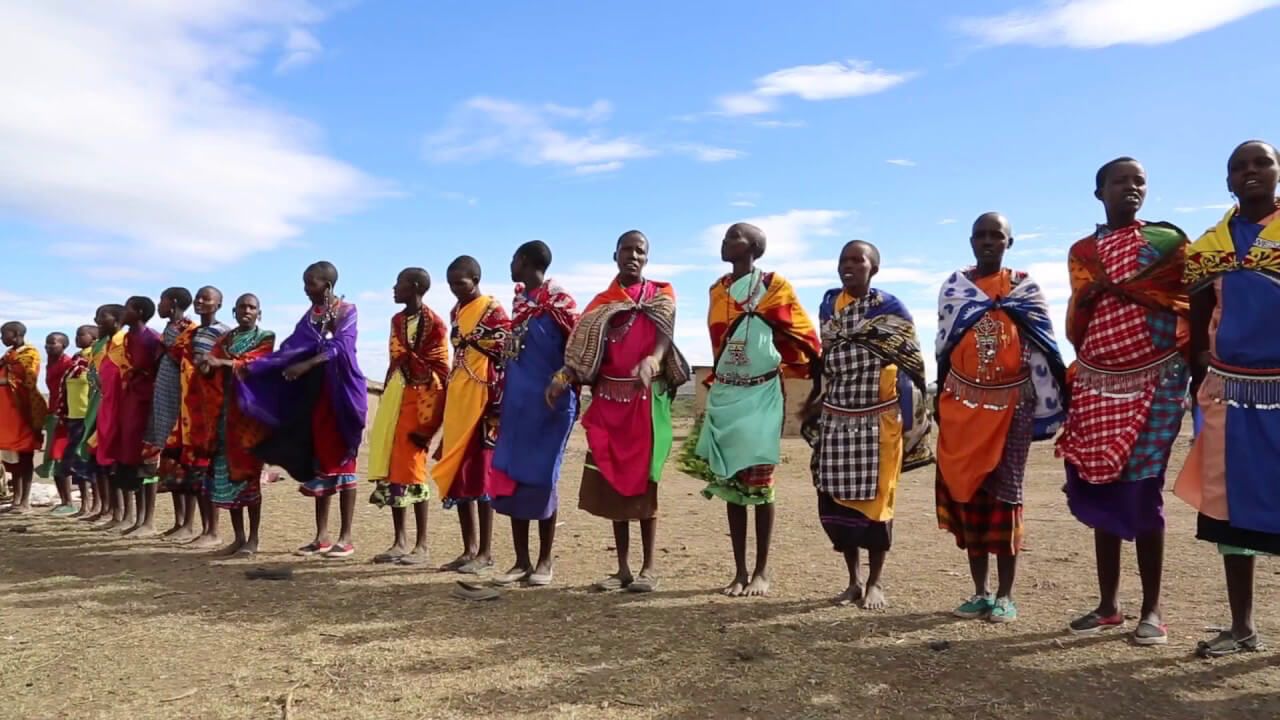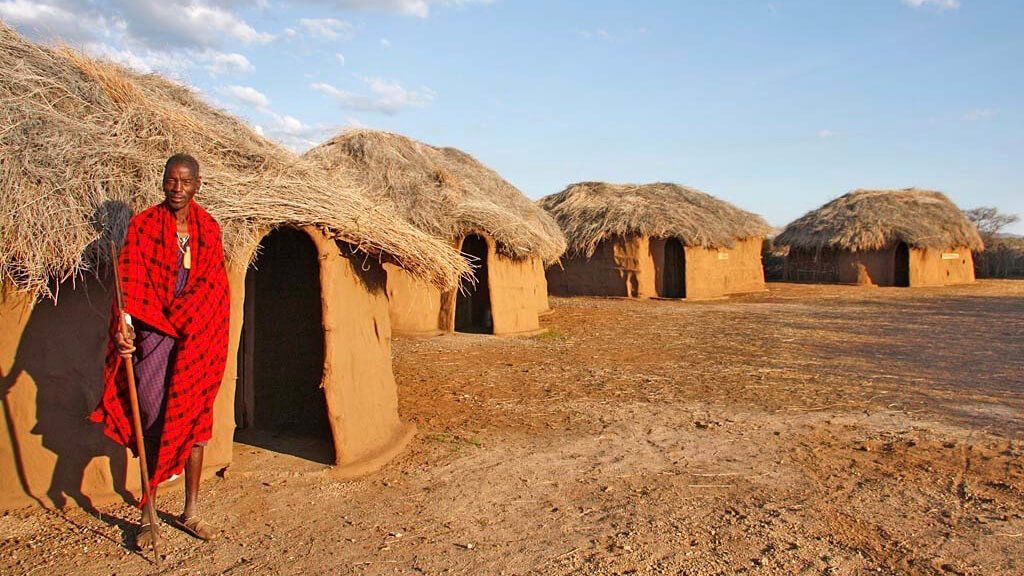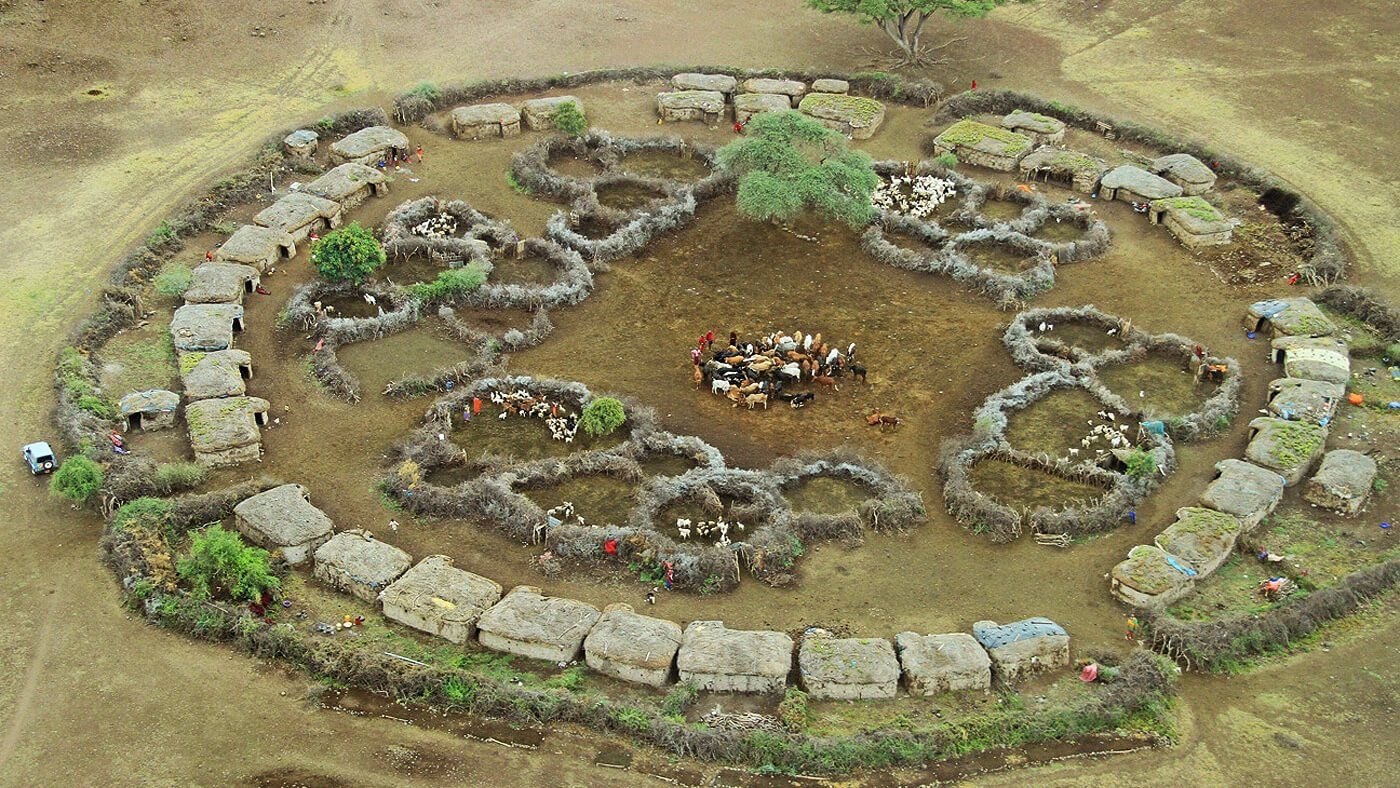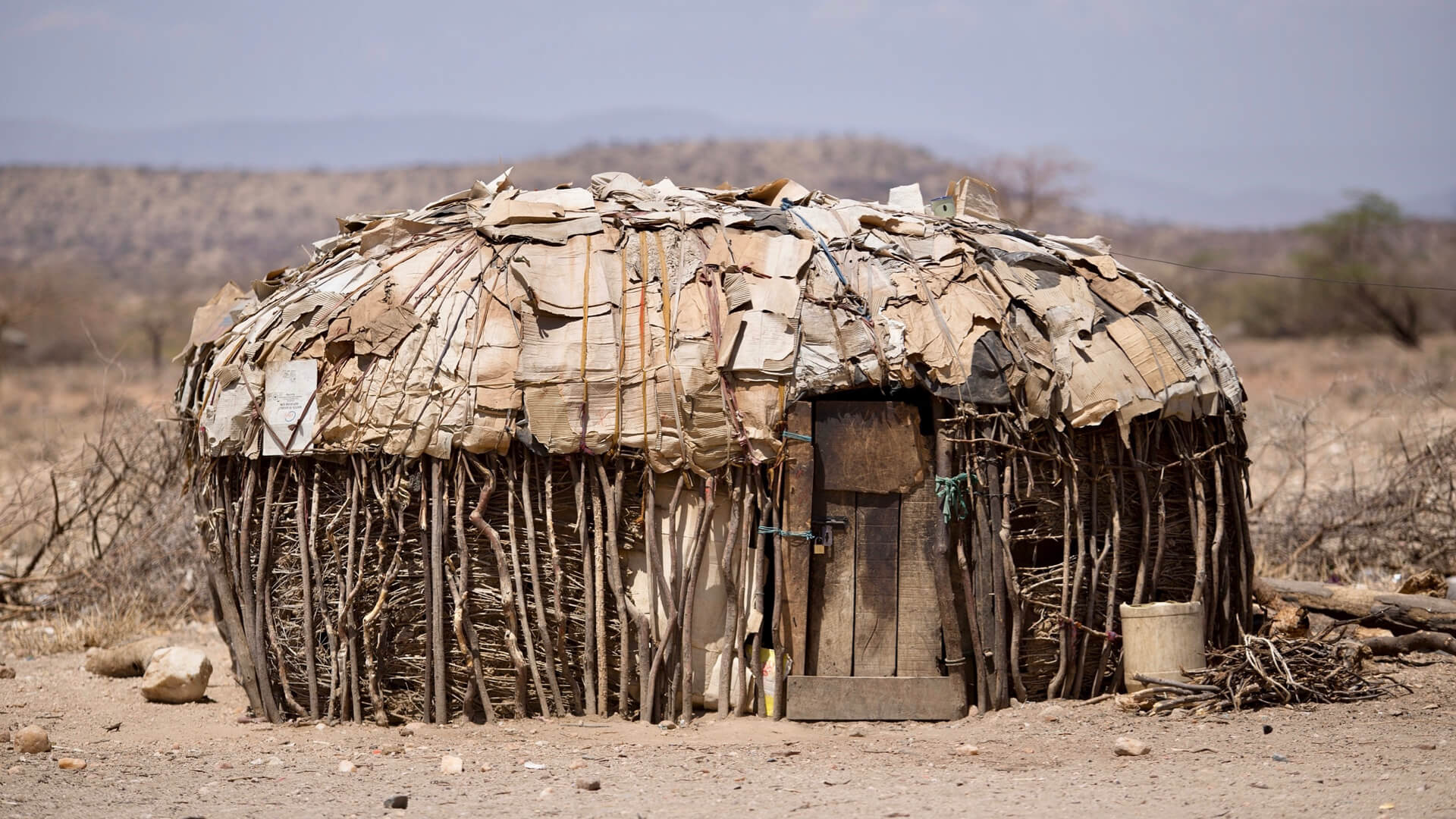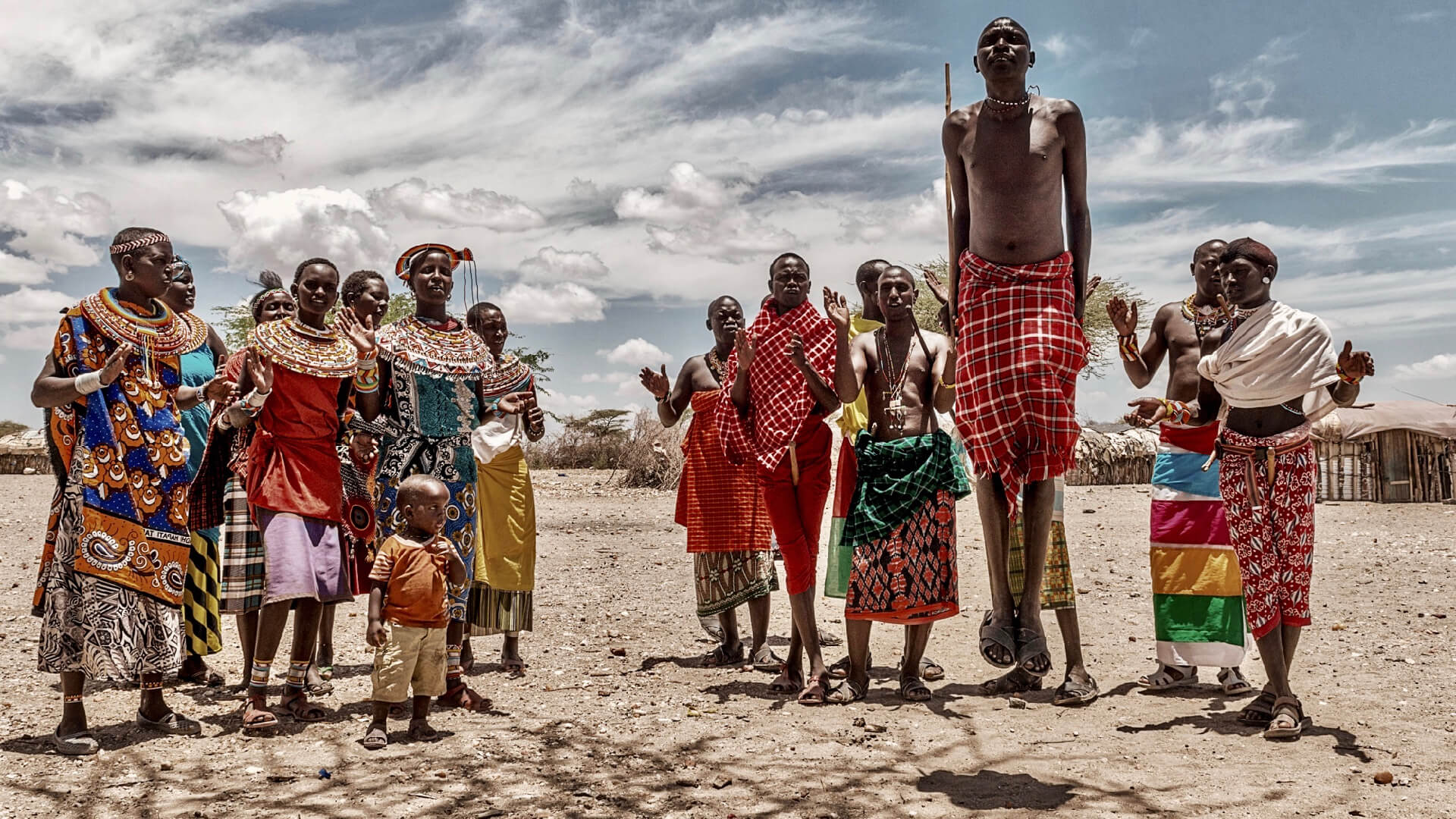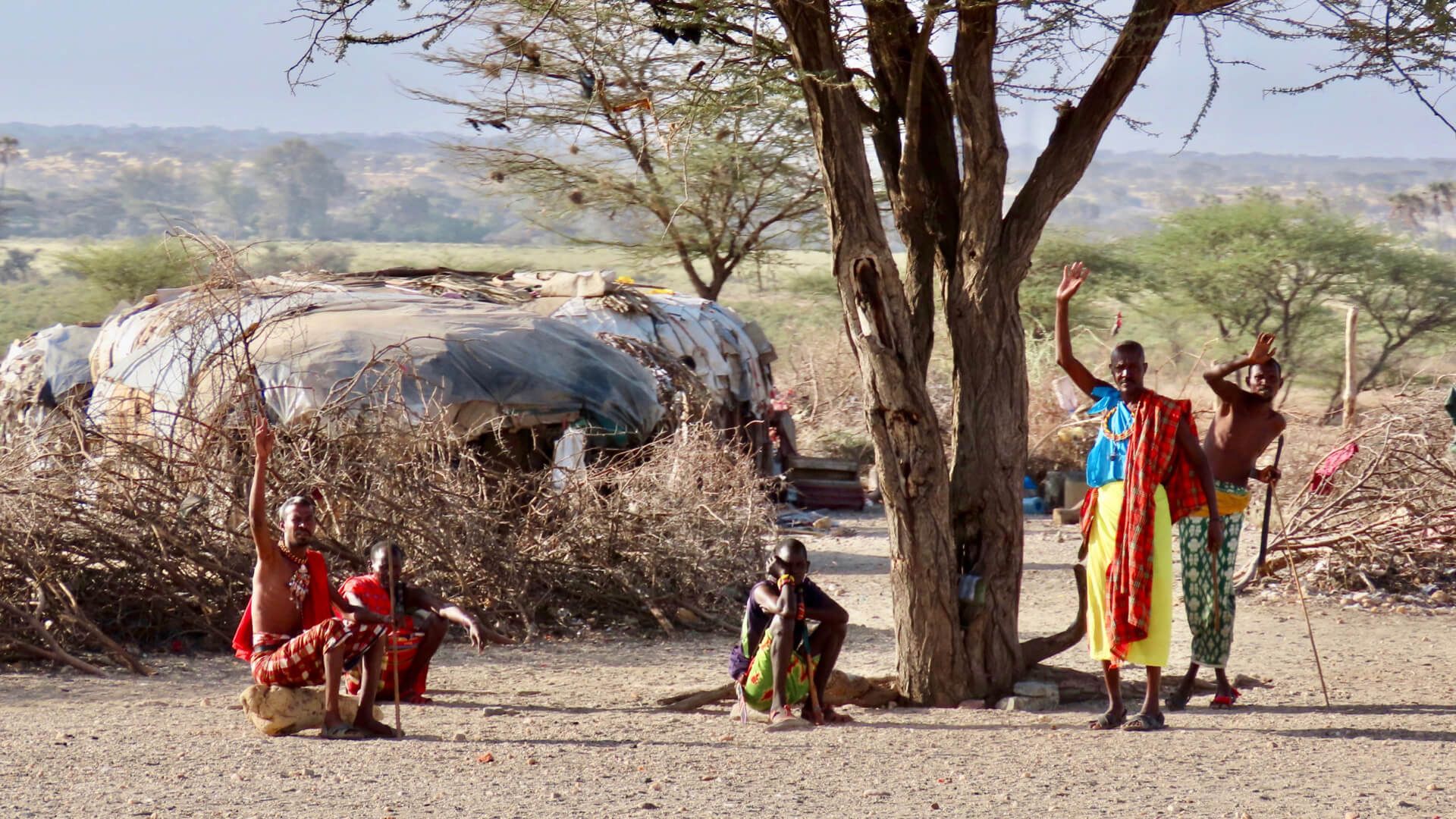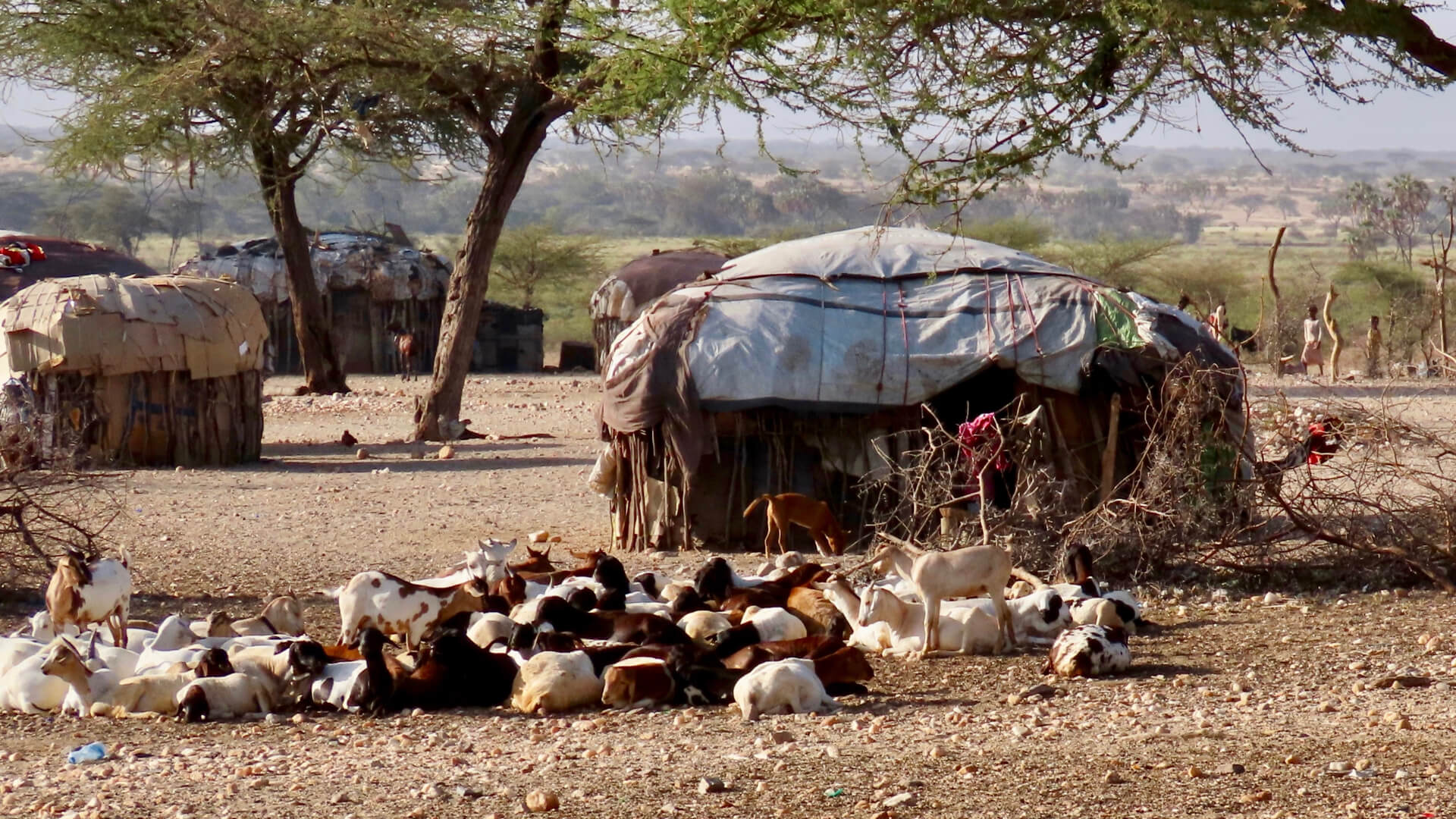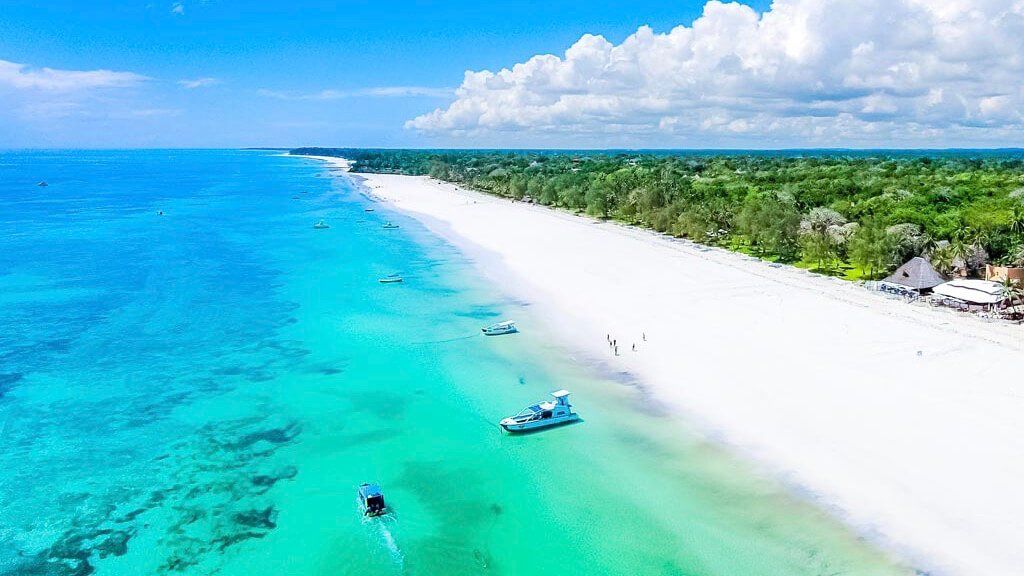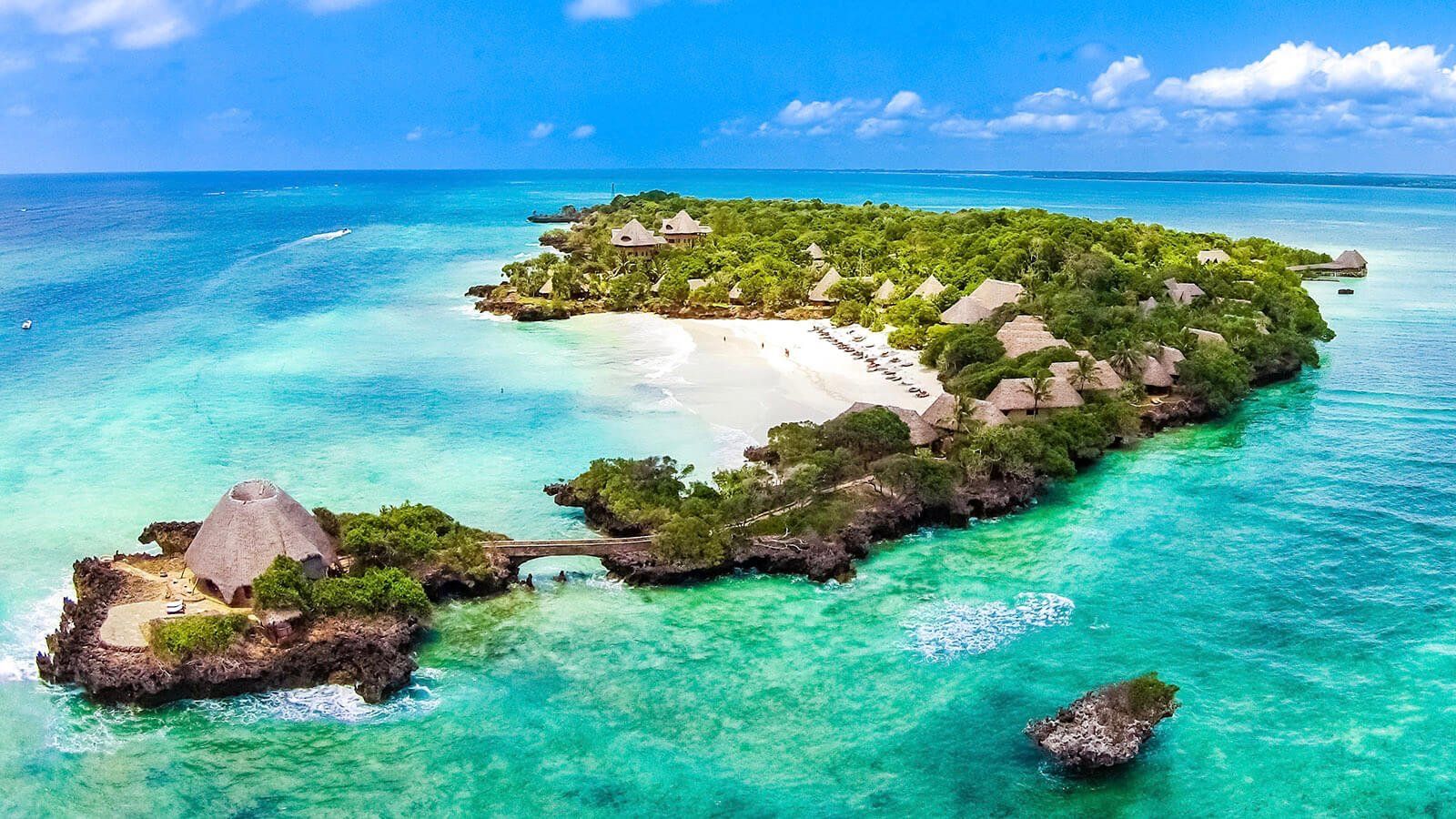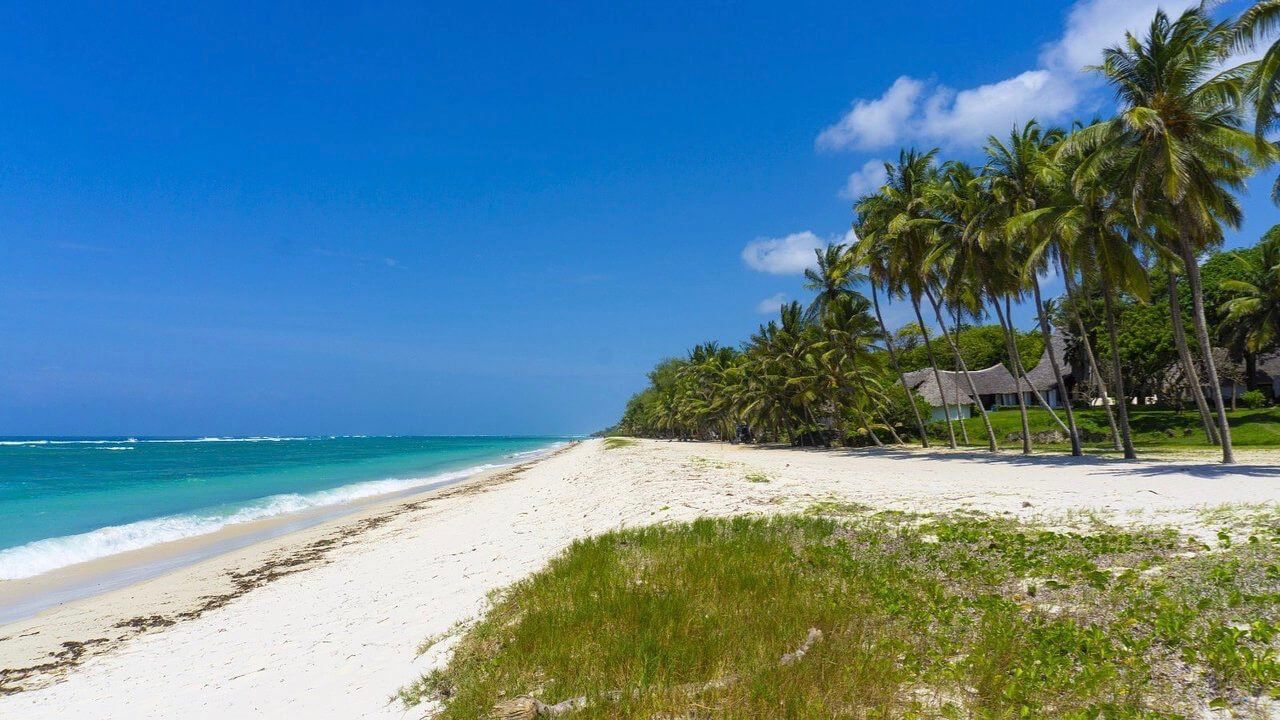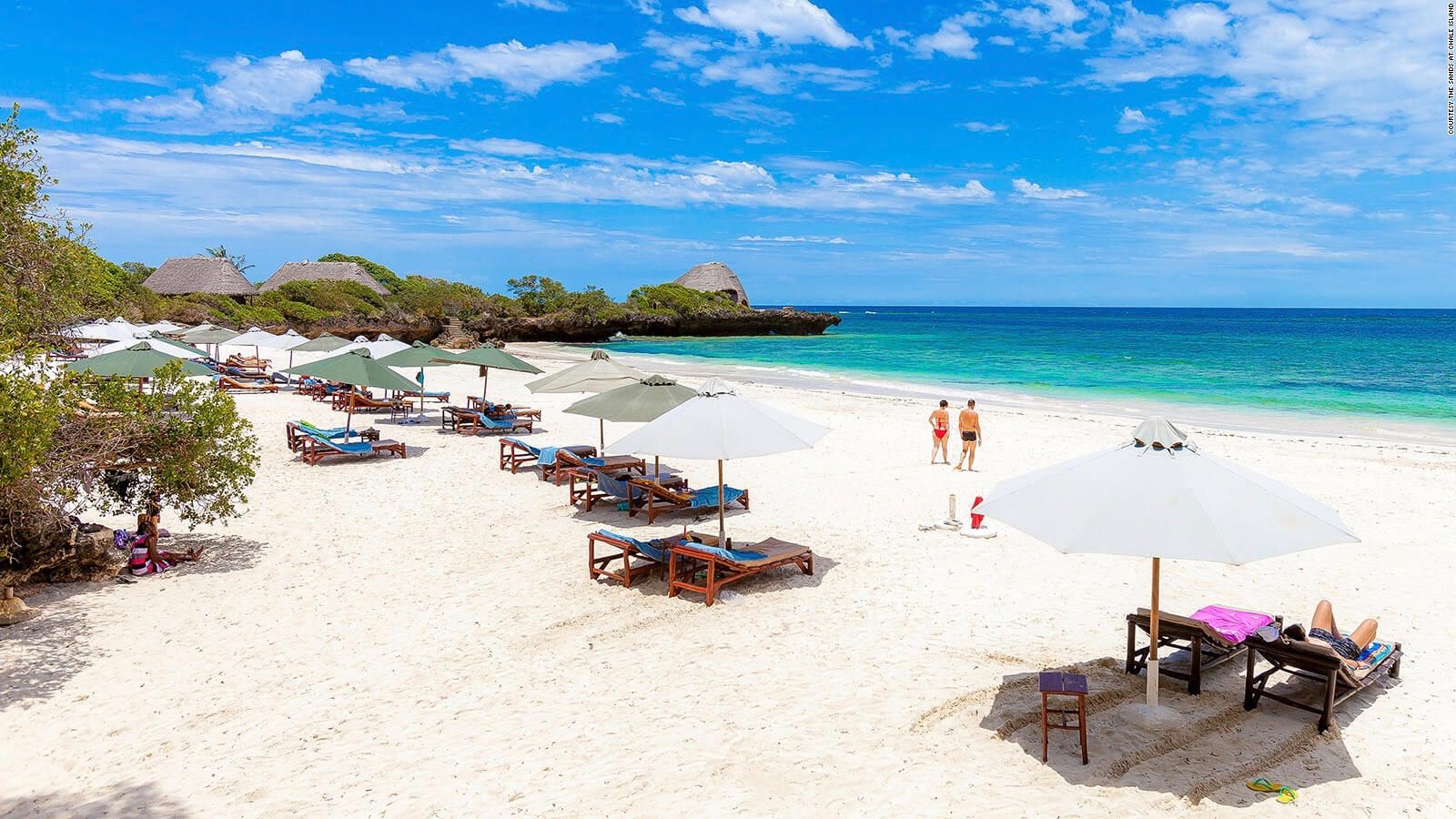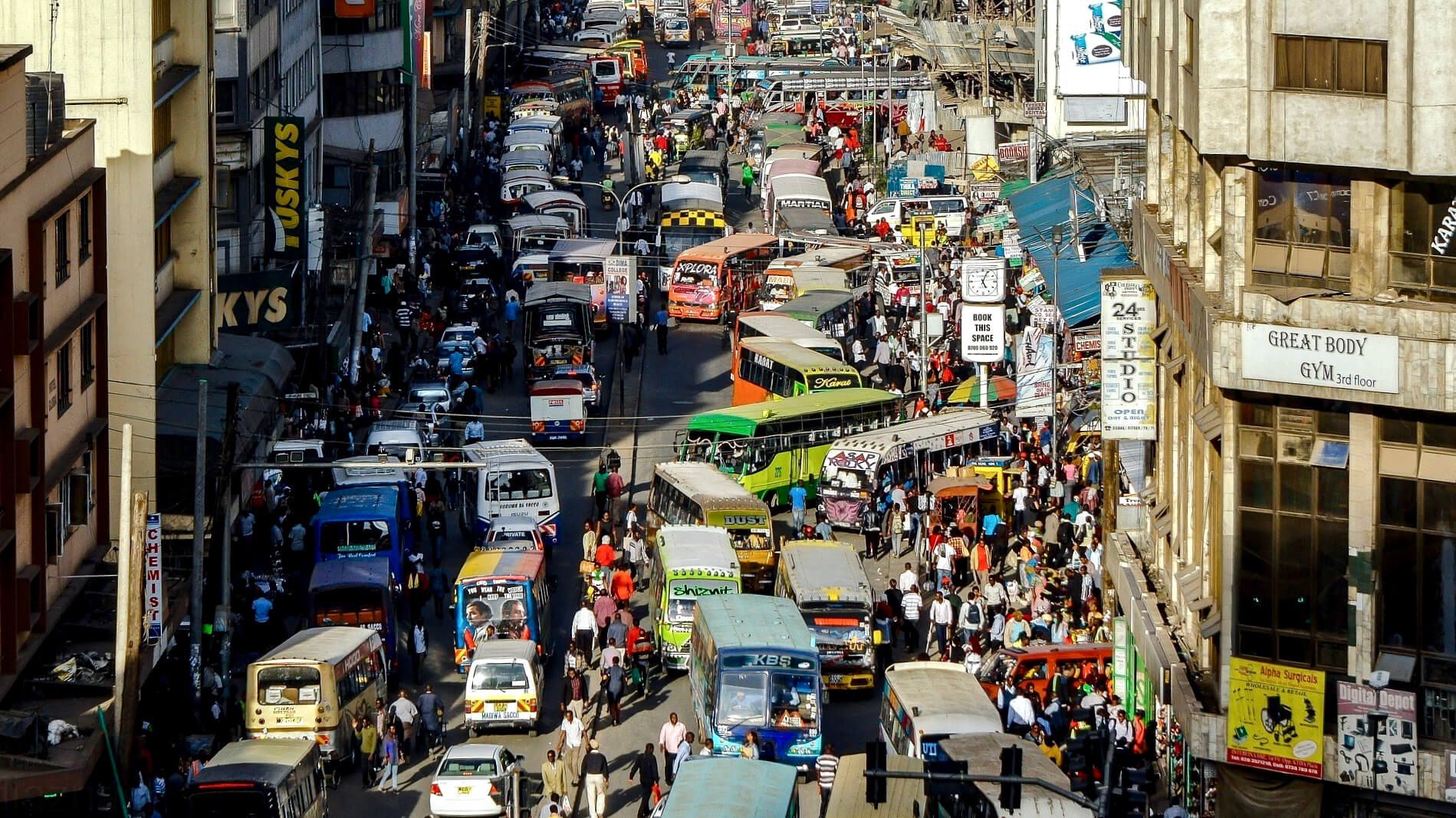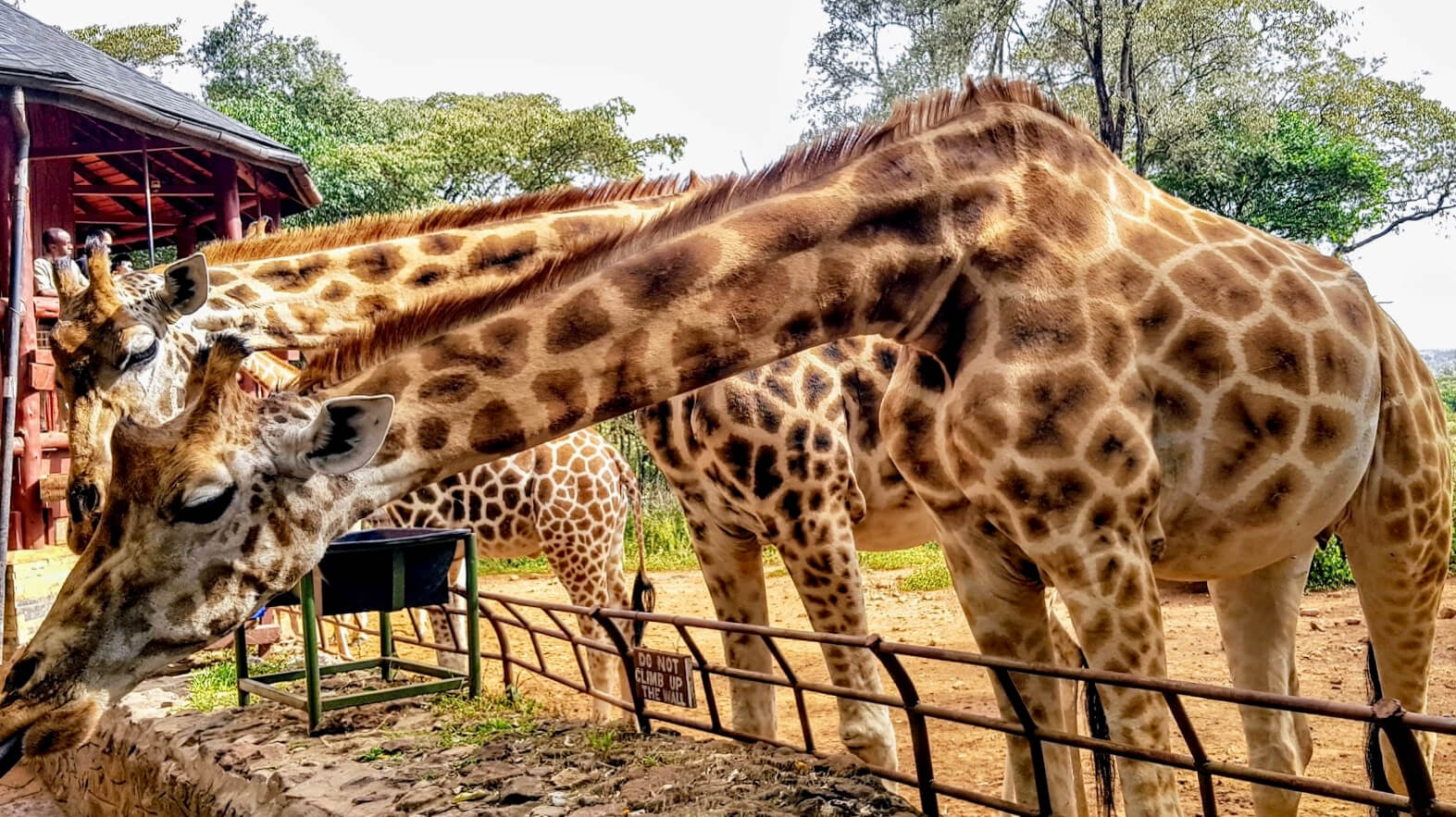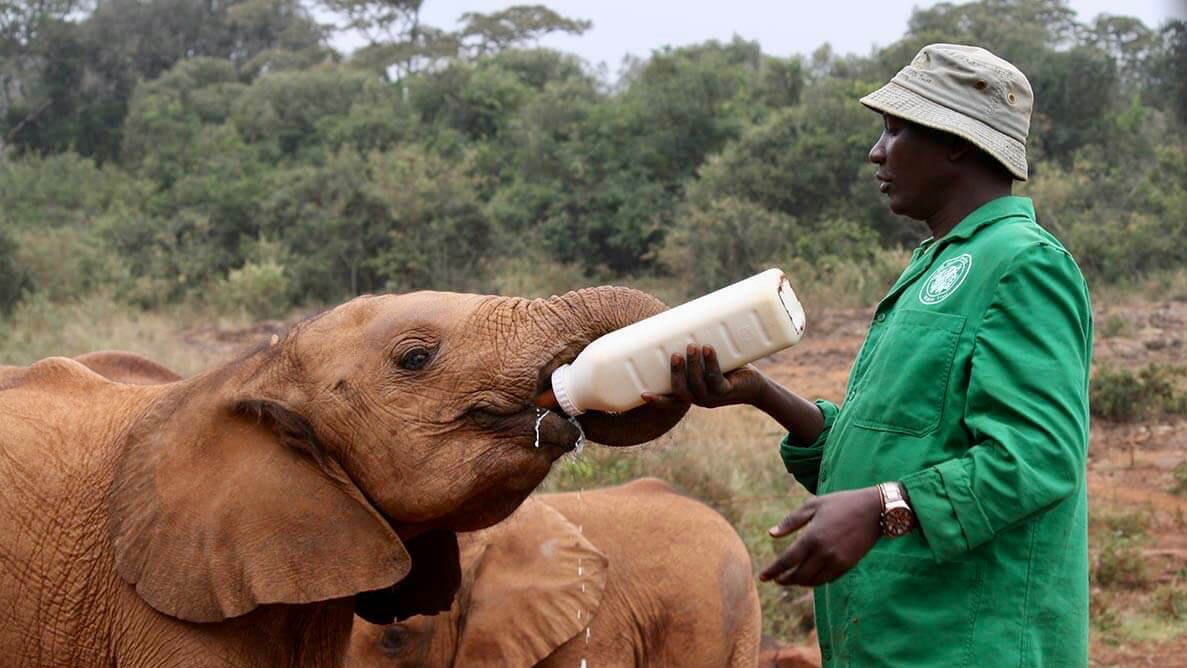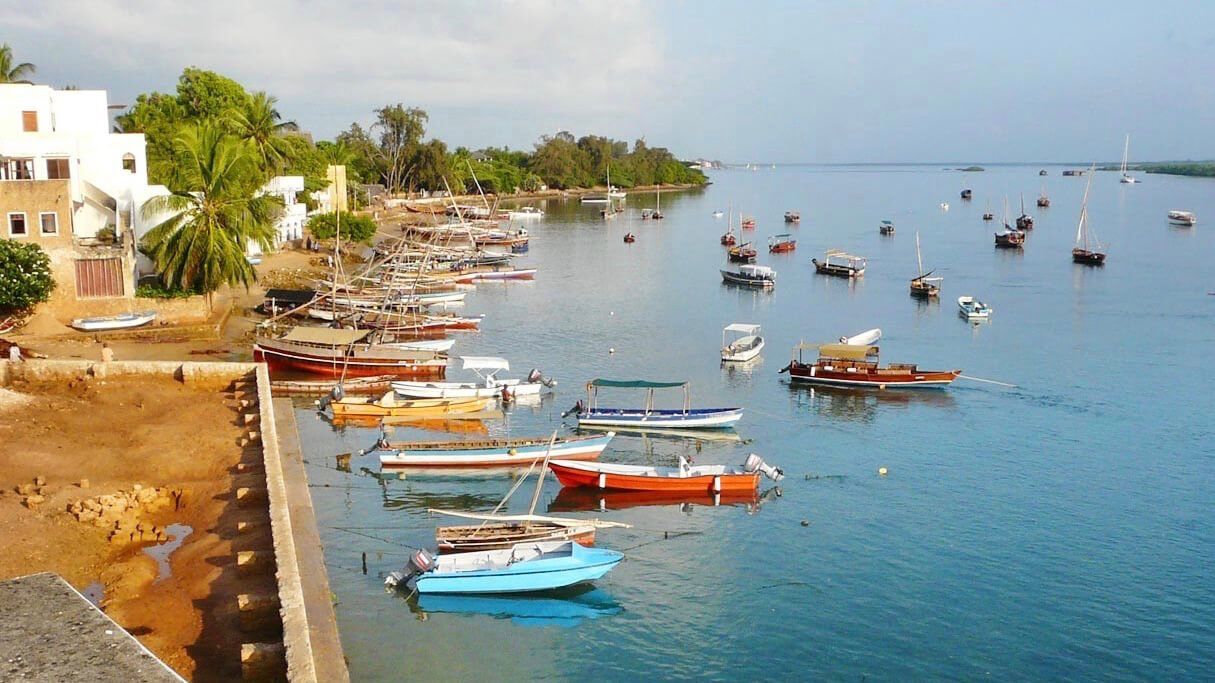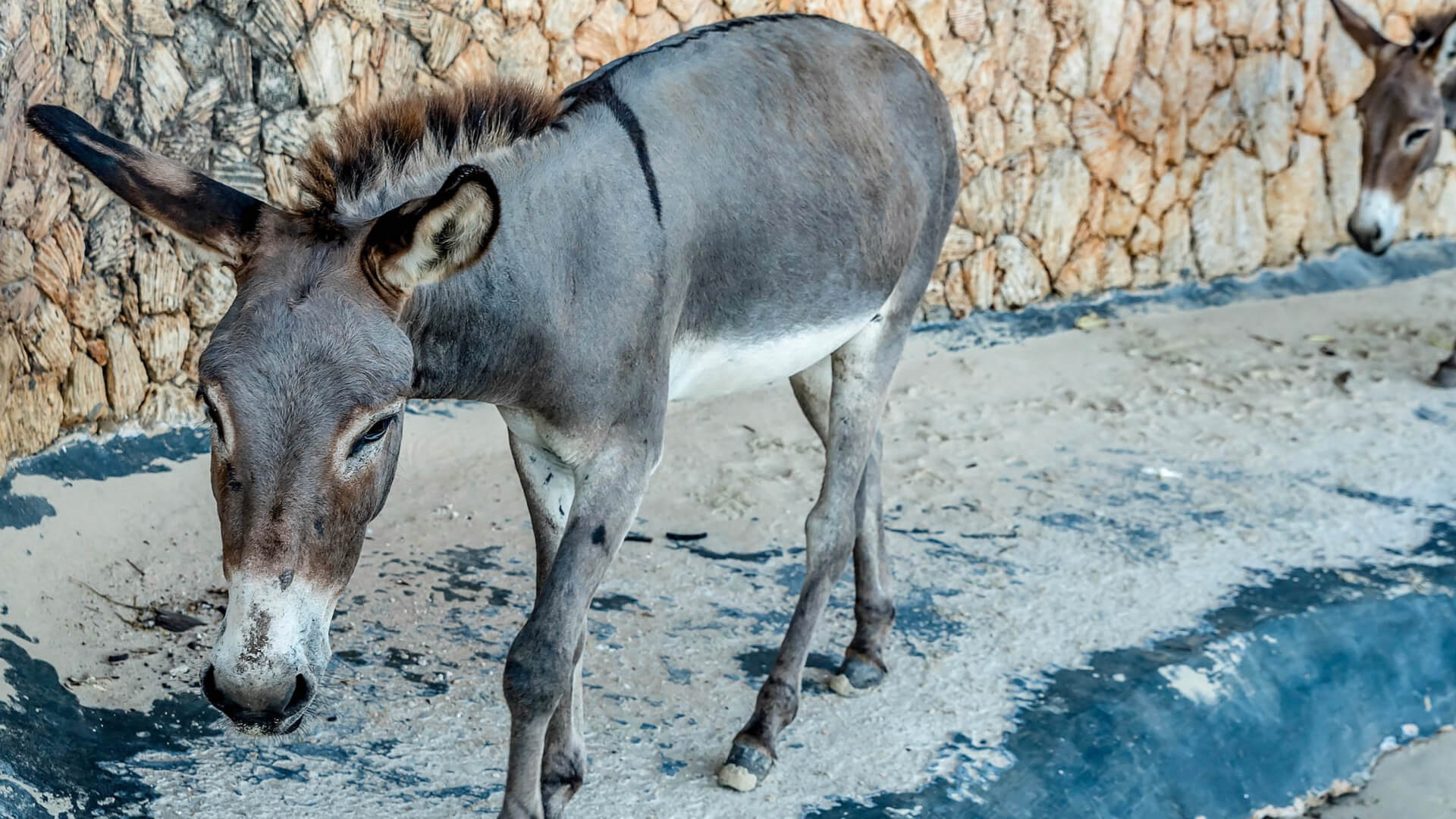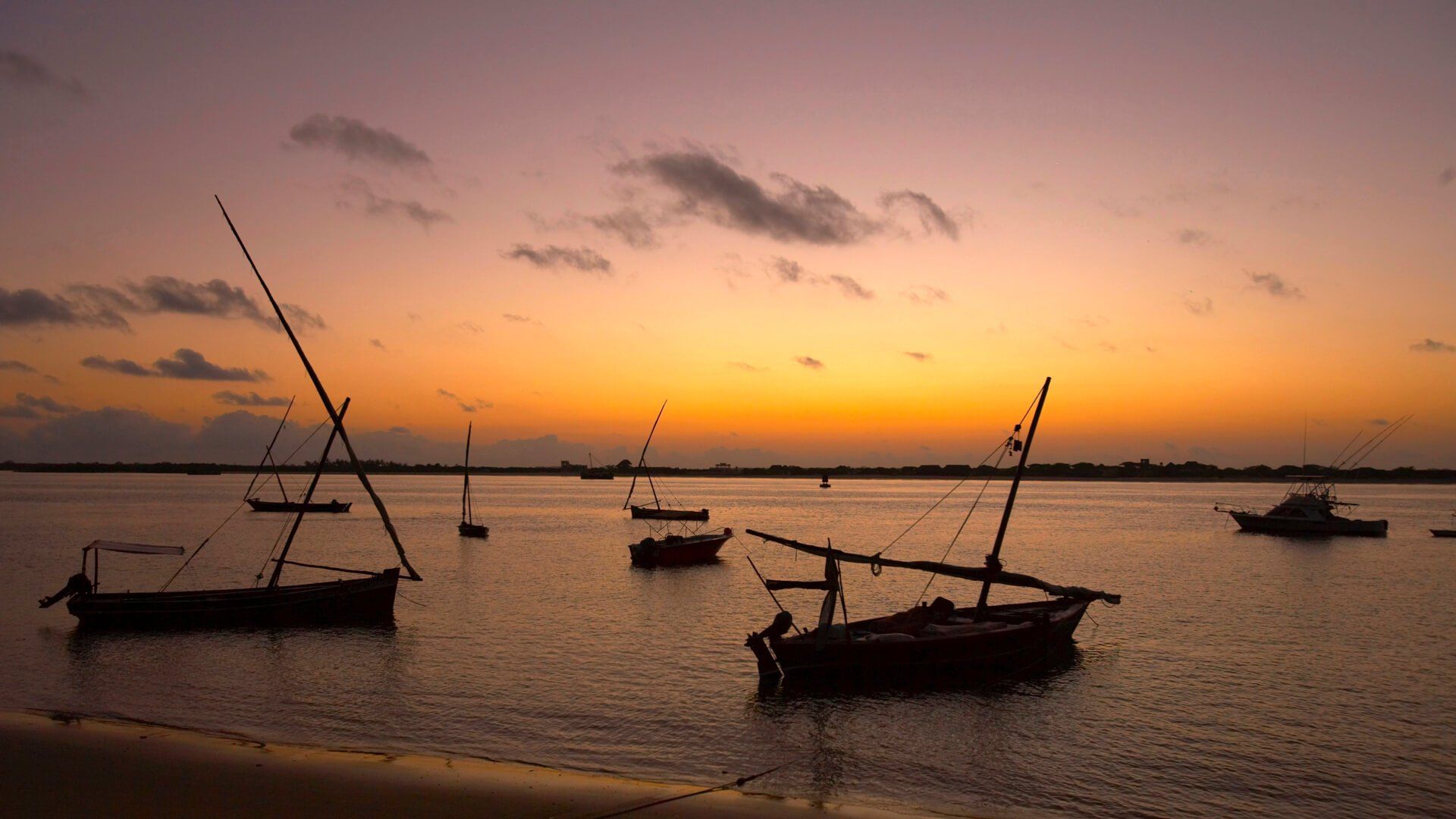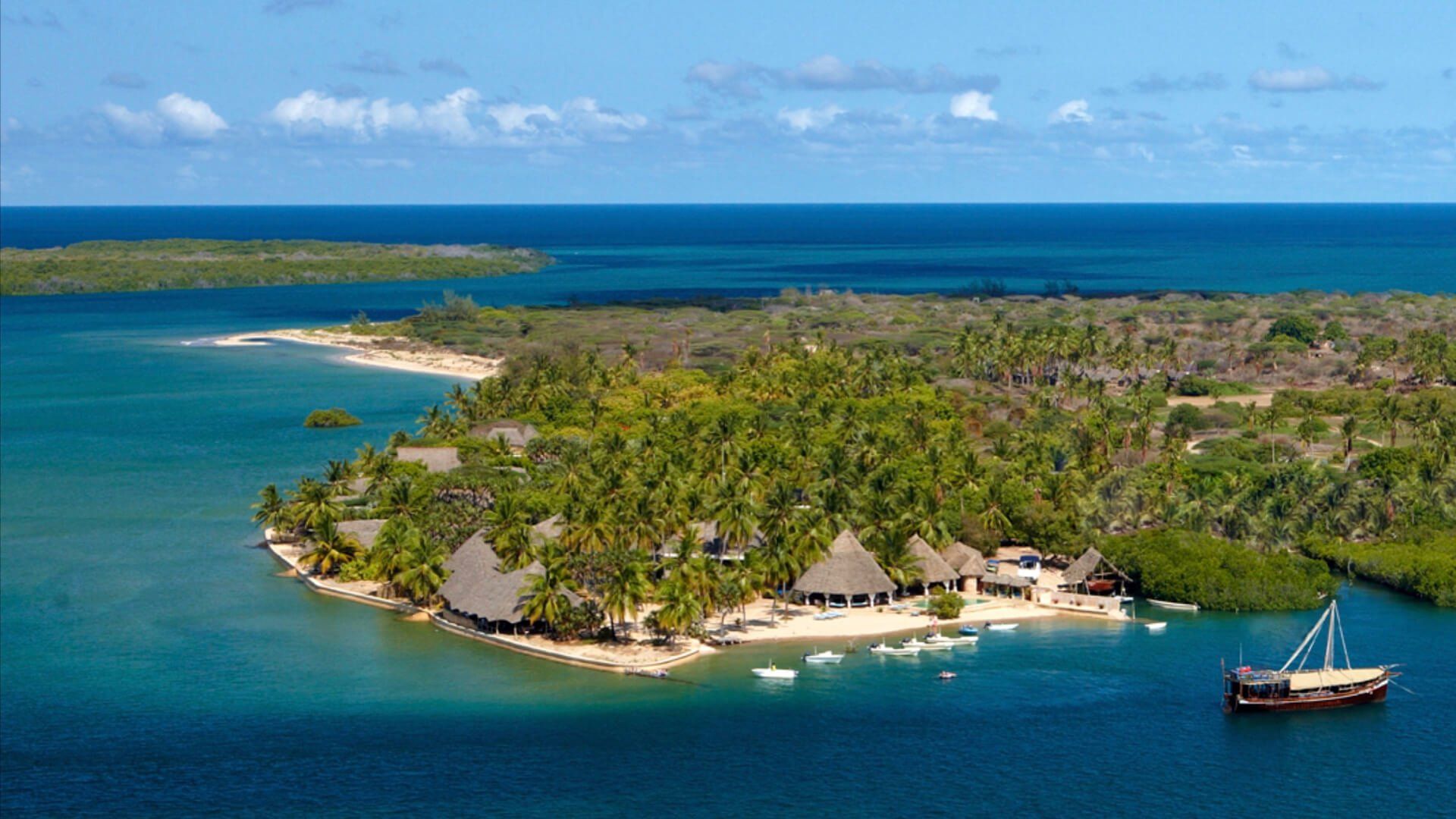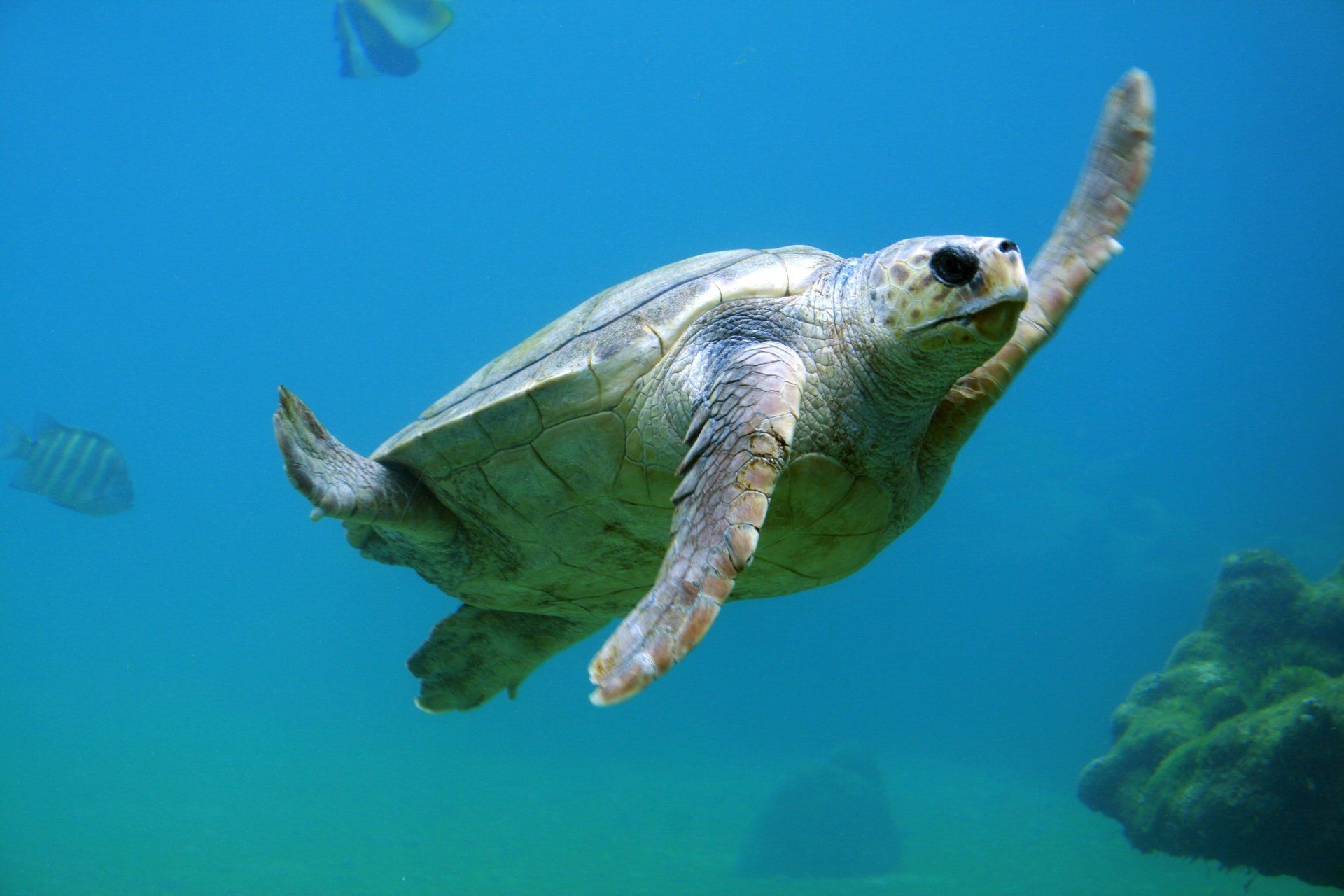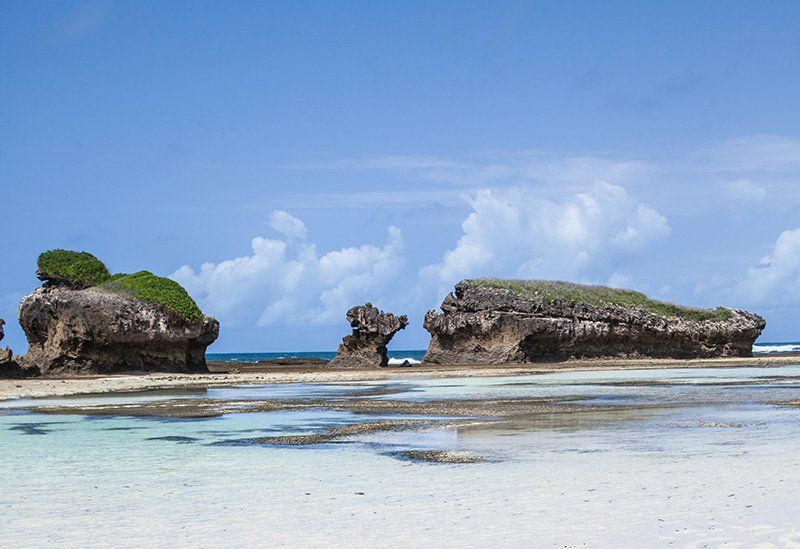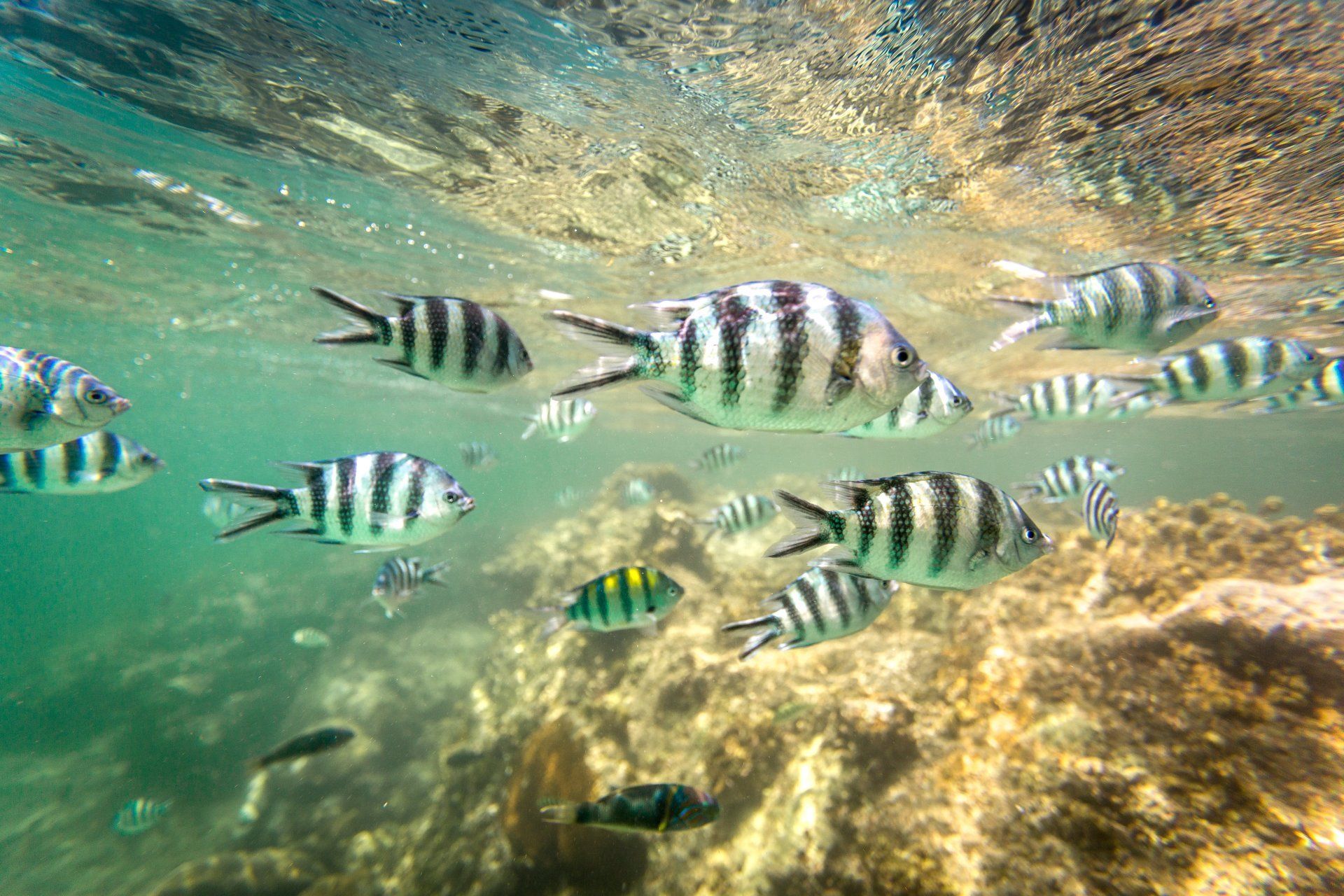KENYA ATTRACTIONS & HIGHLIGHTS
ATTRACTIONS & HIGHLIGHTS KENYA
Kenya - the name is almost synonymous with the word "safari." The diversity of things to do dazzles all who visit, and viewing the country's abundant wildlife tops the list.
Beyond the world-famous safari parks lies a trove of coastal treasures. You can snorkel and dive fish-rich coral reefs, relax on pearly beaches, experience the melting pot of cultures and cuisines in Mombasa and Malindi, and explore tropical islands steeped in Swahili history.
With so many incredible things to see and do in Kenya, we’ve cobbled together a list of unmissable attractions and highlights.
WILDEBEEST MIGRATION
ONE OF THE “SEVEN NEW WONDERS OF THE WORLD”.
The Serengeti-Masai Mara ecosystems stretch over 24,000 sq.km of land with the Serengeti in the south of Tanzania and the Masai Mara in the north of Kenya.
Every year during the months of July to October the Masai Mara is home to one of the world’s greatest wildlife spectacles; the annual migration with an estimate of 2 million wildebeest and hundreds of thousands of zebra taking part.
In search of greener pastures, the wildebeest arrive at the Mara River at about the end of July and cross over onto the Masai Mara plains. During these four months, many animals cross and re-cross the Mara River several times following periodic rain showers. Crossing points form bottlenecks in which thousands of animals perish through trampling or drowning. Not surprisingly, hyenas, lions, leopards, crocodiles and even cheetahs capitalise on this glut of fresh meat.
Traditionally, there are about eight favourite vantage points where the vast wildebeest herds are known to cross the Mara River. These crossings generate some of the iconic images of the migration. However, catching a river crossing in action is a challenge. The area where the crossings occur are vast and even if you find a group of animals at the edge of the water they are cautious and may not cross for an hour or a day because of possible threats. Crossings happen frequently during the migration but are difficult to predict. If you see amassing of wildebeest along the river and animals seem to be agitated and loud, there is good chance that they are crossing the river.
The migration is rarely ever precisely the same in terms of timing and direction, as local conditions influence grass growth. So it might happen that the wildebeest start moving off the open plains earlier in some years, and remain in the northern woodlands for longer in others.
READ MORE ABOUT THE WILDEBEEST MIGRATION
HOT AIR BALLOON SAFARI
The Balloon Safaris offer you the opportunity to capture the vast Masai Mara plains with a bird's eye view! The balloon safari takes place at the crack of dawn to ensure that you experience the full splendour of the spectacular sunrise. Anything and everything can be expected as the balloon takes off with the gas burners warming you up from the early morning chill. You could see lions hunting, elephants running off (scared by the burners), hyenas laughing and the birds of prey hanging out on the large indigenous African greenheart trees.
The balloon will float over the Mara River where hundreds of hippos lay-in and on the banks of the river, ignorant of the large basket floating by. It is a breathtaking experience that ends with a sumptuous champagne breakfast cooked in the savannah. It is also the best time to see the extension of the greater Mara into the Serengeti. During the great migration, guests can capture the wildebeests attempting to cross the Mara River from Serengeti into Masai Mara as crocodiles, lions, hyenas, jackals and vultures eagerly wait to have a good meal.
MASAI VILLAGE VISIT
The Maasai is one of the 42 tribes in Kenya. A visit to the Maasai village to experience the lifestyle of this tribe is a must for everyone! Villages consist of small circular huts in large thorny-fenced enclosures where the Maasai people live with their herds of cattle, sheep and goats. Maasai warriors will welcome the guests with song and dance and even dare them to join in their sky leaping jumps that are both thrilling but breathlessly difficult.
SAMBURU VILLAGE VISIT
The Samburu is a tribe found in the north-central area of Kenya and a sub-tribe of the Maasai. Independent and egalitarian people, the Samburu are much more traditional than the Masaai. With their necks encircled with beads, their chins painted red with ochre and massed bracelets jangling on their wrists, the women of Samburu tribe are a colourful sight. The Rift Valley province in Kenya is a dry, somewhat barren land and the Samburu live a nomadic lifestyle to ensure their cattle can feed. Their huts are built from mud with hide and grass mats strung over poles. They build a thorny fence around their huts for protection from wild animals and usually live in groups of five to ten families.
KENYA COAST
The Kenya coast is an area of outstanding natural beauty. It has brilliant sandy white beaches, coral atols, mangrove forests, lagoons, creeks, remote islands and secluded bays. It is home to a vast array of marine and land flora and fauna.
North of Mombasa on the Kenyan coast, you will find Malindi, a beach resort popular with European visitors. Thanks to its rich trading history, it is also a melting pot of cultures and cuisines. Partly it’s a historic old town and partly a modern tourist hub. Malindi is where travellers come to unwind on the white sands of Watamu Beach, dive the coral reefs of the Malindi
and Watamu Marine National Parks
and soak up a dose of Swahili history in the historic town, dating from the 12th century.
Coral reefs fringe the coast for 480 kilometres providing fantastic snorkelling and diving opportunities, especially at Mombasa Marine National Park and around Wasini Island. Dolphin watching and deep-sea fishing are popular activities in these parts.
Kenya's second largest city and biggest port, Mombasa is a multicultural tourist magnet. British, Portuguese, Arab, Indian and Asian immigrants add to the rich cultural mix and their influence is evident in the architecture, as well as in the many different types of cuisine.
History buffs will enjoy exploring the 16th-century Fort Jesus
and Old Town with its narrow streets, ancient Swahili dwellings, markets, and souvenir shops. The north shore of Mombasa is crammed with attractions including Mombasa Go-Kart, cinemas, sports and a cornucopia of restaurants. This being a coastal hub, beach lovers
will find some worthy beaches nearby. North of the city, Nyali and Bamburi beaches are the favourites, while the white sands of Shelly, Tiwi and Diani beaches are popular spots south of Mombasa.
NAIROBI CITY
Kenya's capital and largest city, Nairobi is legendary for its colourful colonial history. It was once the capital of British East Africa, luring settlers who came here to stake their fortune in the coffee and tea industries. Today you can explore the city's famous historic sites, as well as some excellent wildlife-related attractions.
The Nairobi National Museum
is a great one-stop spot to see exhibits of Kenya's history, nature, culture and contemporary art. Another popular tourist attraction is the Karen Blixen Museum, the restored residence of the famous author of the book, “Out of Africa”.
To see wildlife without venturing far from the city centre, visit Nairobi National Park, now a black rhino sanctuary and also home to a diversity of other African wildlife. It is located a mere 15-minutes’ drive from the glamour of Kenya's capital. Here you can gaze at a snoozing pride of lions or a graceful giraffe strutting through the golden grass in Nairobi National Park. Visiting this wildlife-rich park is one of the top things to do if you're staying in Nairobi and it offers a rewarding day trip, especially if you can't make it to one of the larger game reserves.
LAMU ISLAND
A UNESCO World Heritage Site, Lamu Old Town is Kenya's oldest continually inhabited settlement with origins dating back to the 12th century. Strolling the labyrinthine streets, you can see the island's rich trading history reflected in the buildings. Architectural features from the Arab world, Europe, and India are evident, yet with a discernible Swahili technique. Intricately carved wooden doors, coral stone buildings, hidden courtyards, verandas, and rooftop patios are common features. Visiting here is like stepping back in time. Dhows plow the harbor, few if any motorized vehicles exist here, and donkeys still rule the streets as they have done for centuries.
Top attractions on the island include Lamu Museum, with displays on Swahili culture and the region's nautical history; Lamu Fort; and the Donkey Sanctuary. If all the history is a little too much, you can bask on one of the island's white-sand beaches or sip Arabic coffee in a local café.
Lamu is a place like no other, a peaceful tropical island where life is lived at it’s own relaxed rhythm, but a place whose history is as mysterious and fascinating as the winding streets of it’s medieval stone town.
The island itself is a beautiful place of rolling dunes and endless beaches, where tiny villages nestle among coconut and mango plantations and lateen sailed dhows ply the waters. But Lamu’s real attraction is its Old town.
The town of Lamu began life as a 14th century Swahili settlement, but the island has seen many visitors and influences, including Portuguese explorers, Turkish traders and the Omani Arabs. All left their mark, but Lamu developed its own particular culture, which has ultimately endured.
Lamu’s narrow streets remain unchanged, and in the markets and squares around the fort life moves at the same pace as it always has. There are no vehicles on this island, and the donkey and the dhow remain the
This idyllic island speaks to the heart and soul, and a trip to Lamu is a romantic experience that can become a lifelong affair.
WATAMU MARINE PARK
Watamu Marine National Park and Reserve is part of a complex of marine and tidal habitats along Kenya’s north coast with rich and diverse bird life, fish, turtles and dugongs.
It is a spectacularly diverse aquatic ecosystem with over 100 types of coral, 600 fish species and many other marine creatures, making it the favourite underworld destination among snorkelers and divers. The park is part of a larger aquatic system of protected areas that includes Malindi Marine National Park, as well as the mangrove forests of Mida creek.
Things you can look forward to when visiting the park:
- Whale sharks pass through each year from October- February, with good sightings reported each day.
- Migratory pods of whales from Southern Africa pass through this area during the months of June- September and are often seen breaching in deep water beyond the reefs.
- You will occasionally see a few white-tip reef sharks living on the reef.
- This area is an important egg laying site for the endangered green sea turtle.
- Nearby Moray reef has a breathtaking overhang dropping 28 metres to a sandy bottom. The coral here is a refuge for octopus and eel. The sharp reef edge has plenty of nudibranch, angel fish, tang and the occasional grouper or barracuda.
- The Canyon is an excellent all-round dive site with a long sandy channel of 28m, bordered on each side by deep drop-offs. There is an impressive arch covered with soft corals and the reef walls are always alive with trevallies and snapper.
- Diving into the channel itself is a good way to find rays and reef sharks.
BOOK YOUR KENYA OR TANZANIA SAFARI TODAY!
CALL US TODAY
CONTACT US:
General enquiries:
Tour Operator should contact:
TANZANIA OFFICE:
Predators Safari Club
Namanga Road
Sakina Area
Arusha, Tanzania
Copyright © 2021 Digital Zoo Website Design Company
- All Rights Reserved

